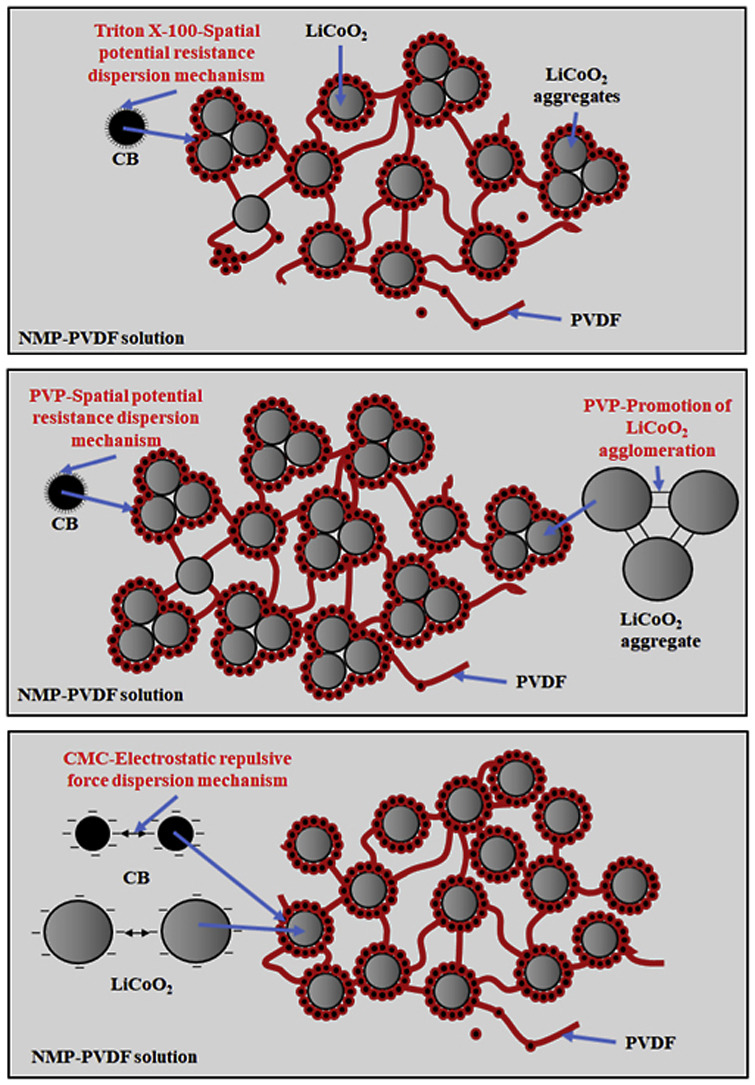- Volumes 84-95 (2024)
-
Volumes 72-83 (2023)
-
Volume 83
Pages 1-258 (December 2023)
-
Volume 82
Pages 1-204 (November 2023)
-
Volume 81
Pages 1-188 (October 2023)
-
Volume 80
Pages 1-202 (September 2023)
-
Volume 79
Pages 1-172 (August 2023)
-
Volume 78
Pages 1-146 (July 2023)
-
Volume 77
Pages 1-152 (June 2023)
-
Volume 76
Pages 1-176 (May 2023)
-
Volume 75
Pages 1-228 (April 2023)
-
Volume 74
Pages 1-200 (March 2023)
-
Volume 73
Pages 1-138 (February 2023)
-
Volume 72
Pages 1-144 (January 2023)
-
Volume 83
-
Volumes 60-71 (2022)
-
Volume 71
Pages 1-108 (December 2022)
-
Volume 70
Pages 1-106 (November 2022)
-
Volume 69
Pages 1-122 (October 2022)
-
Volume 68
Pages 1-124 (September 2022)
-
Volume 67
Pages 1-102 (August 2022)
-
Volume 66
Pages 1-112 (July 2022)
-
Volume 65
Pages 1-138 (June 2022)
-
Volume 64
Pages 1-186 (May 2022)
-
Volume 63
Pages 1-124 (April 2022)
-
Volume 62
Pages 1-104 (March 2022)
-
Volume 61
Pages 1-120 (February 2022)
-
Volume 60
Pages 1-124 (January 2022)
-
Volume 71
- Volumes 54-59 (2021)
- Volumes 48-53 (2020)
- Volumes 42-47 (2019)
- Volumes 36-41 (2018)
- Volumes 30-35 (2017)
- Volumes 24-29 (2016)
- Volumes 18-23 (2015)
- Volumes 12-17 (2014)
- Volume 11 (2013)
- Volume 10 (2012)
- Volume 9 (2011)
- Volume 8 (2010)
- Volume 7 (2009)
- Volume 6 (2008)
- Volume 5 (2007)
- Volume 4 (2006)
- Volume 3 (2005)
- Volume 2 (2004)
- Volume 1 (2003)
• Polyethylene glycol octylphenyl ether can form PVDF-CB double layer around LiCoO2 particles in LIB slurry.
• Polyethylene pyrrolidone can form locally aggregate LiCoO2 network structure in LIB slurry.
• Carboxymethyl cellulose can form conductive paths and CB-coated LiCoO2 network in LIB slurry.
This paper mainly clarified the dispersion mechanism of three typical chemical dispersants which are polyethylene glycol octylphenyl ether (Triton X-100, T-100), polyethylene pyrrolidone (PVP) and carboxymethyl cellulose (CMC) within lithium-ion battery (LIB) slurry. Initially, the optimum amounts of T-100, PVP and CMC are selected from 0%, 0.5%, 1.5% and 2.5% by evaluating the impedance of LIB slurry in the case of adding each typical chemical dispersant with EIS method. Moreover, the impedance spectrum of three different slurry samples which are PVDF-NMP solution, LiCoO2 slurry and Carbon Black (CB) slurry with the optimum amount of each dispersant are also investigated. After using SEM and C element distribution images of LIB slurry to verify the correctness of the dispersion mechanism of each dispersant, it is concluded that the dispersion CMC with its optimum amount 1.5% is the best one to promote the formation of conductive paths and CB-coated LiCoO2 network structure within LIB slurry, which has the considerably potential to improve the performance of LIB.

